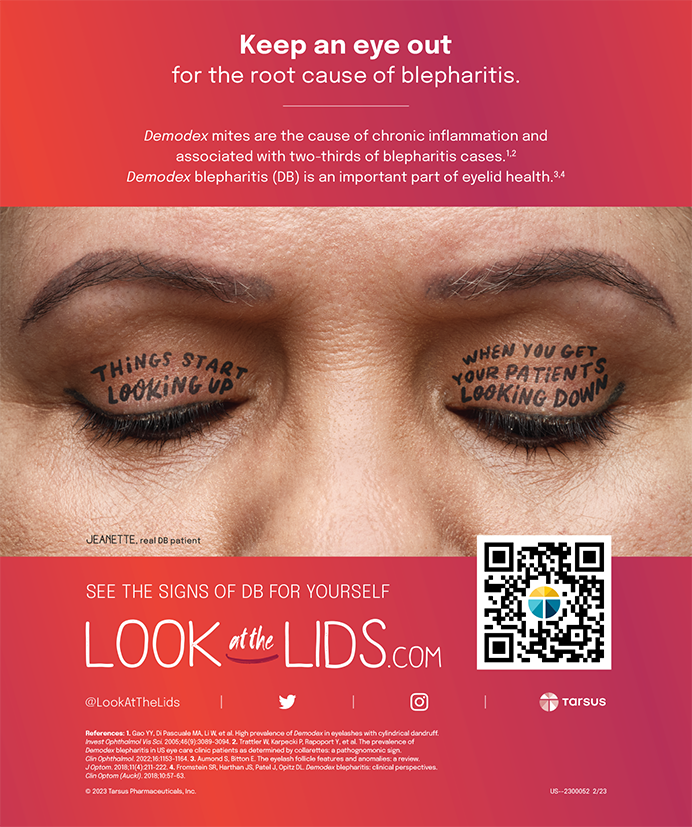I vividly recall my grandfather as one of those rare, larger-than-life individuals. Joe Donnenfeld owned one of the largest coal companies in New York City. He had a simple motto: always give customers more than they expected. He once told me how he would make a sales call at a new apartment building. He would say, “Try Donnenfeld coal. It burns longer than any other coal you can buy or your money back.” Most people would expect all coal to be the same, but indeed, his coal would burn longer. The secret: he would sell 5 tons of coal but deliver 6 tons. This simple story could not have prepared me better for my career in ophthalmology. Like most of my colleagues, I always attempt to exceed my patients’ expectations in the office and in the OR.
In this issue of Cataract & Refractive Surgery Today, several members of the ophthalmic community share their views on how the general ophthalmologist can survive. In addition, this edition of CRSToday includes a series on the field of glaucoma. The contributors’ comments come at time when new technology is revolutionizing cataract surgery, and a similar impact may be in store for glaucoma surgery. These developments may dramatically improve outcomes, which will help us routinely exceed our patients’ expectations.
Perplexing many of CRSToday’s readers is the simple question of how ophthalmologists are going to be reimbursed for laser cataract surgery, an expensive and time-consuming procedure. In the United States, if their physician participates in Medicare and the surgery is a covered benefit, patients do not have the right to pay for a surgical technology that they hope will provide them with a better visual outcome. For this reason, we surgeons have to jump through hoops to make certain that our patients who desire laser cataract surgery have a safe harbor that is not covered by Medicare. That safe harbor is a refractive outcome and a limbal relaxing incision (LRI). The perfect capsulorhexis, nuclear disassembly, three-plane phaco incision, and sideport incision are not billable at the present time, only the LRI. This is analogous to only being allowed to buy an ice cream sundae if there is a cherry on top and then only paying for the cherry.
went to law school, but the debate over safe harbor with astigmatic management seems relatively straightforward to me. The absolute level of astigmatism is not significant. What is important is whether the surgeon feels that this amount will be visually significant to the patient (when we perform LASIK, we never leave 0.25 D of cylinder). Patients do not care if their cylinder was preexisting or induced by the surgery. Medicare allows for the treatment of surgically induced astigmatism, but I am routinely denied reimbursement for LRIs of 2.00 D and less. Therefore, surgically induced cylinder of less than 2.00 D should be a safe harbor. I am hopeful that, as laser technology develops, the improved effective lens position enabled by guidance with optical coherence tomography will also become a safe harbor, but I consider it a grey area.
My grandfather’s coal company faded away over time. Oil replaced coal in heating the apartments of New York City, and he never changed energy sources— another lesson learned. Changes are always taking place in ophthalmology, some large and some small. We cannot continue to do what always worked for us in the past. We need to evaluate new ideas and adopt them when we are ready.


